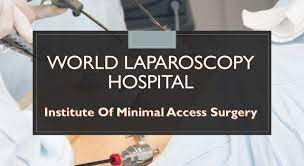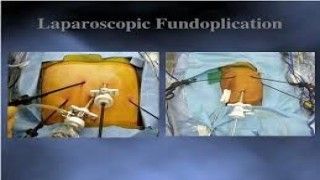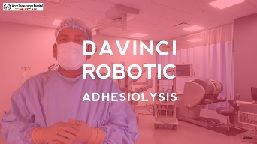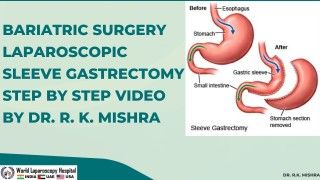Total Laparoscopic Hysterectomy with Right Inguinal and Left Incisional hernia repair by three-port
Add to
Share
1,399 views
Report
1 year ago
Description
Title: Total Laparoscopic Hysterectomy with Right Inguinal and Left Incisional Hernia Repair by Three-Port Technique: An Overview Introduction In the evolving landscape of minimally invasive surgery, the combination of a Total Laparoscopic Hysterectomy (TLH) with concurrent hernia repairs represents a significant advancement. This article delves into the specifics of performing a TLH alongside right inguinal and left incisional hernia repairs using a three-port technique, highlighting its benefits, challenges, and key considerations. Understanding the Procedures Total Laparoscopic Hysterectomy (TLH): A TLH is a surgical procedure for removing the uterus using laparoscopic techniques. This method involves small incisions and the use of a laparoscope (a thin tube with a camera) to guide the surgery, offering advantages such as reduced scarring and quicker recovery. Hernia Repairs: Right Inguinal Hernia Repair: This procedure addresses hernias in the right groin area, where abdominal contents protrude through a weak spot in the abdominal muscles. Left Incisional Hernia Repair: This surgery corrects hernias that occur at the site of a previous surgical incision on the left side, involving the strengthening of the abdominal wall. Three-Port Technique The three-port technique involves three small incisions or 'ports.' Through these ports, surgical instruments and a camera are inserted. This approach minimizes tissue damage and reduces the recovery time. Advantages Reduced Recovery Time: The minimally invasive nature of the procedure allows for faster recovery and shorter hospital stays. Decreased Pain and Scarring: Smaller incisions lead to less post-operative pain and minimal scarring. Efficiency: Combining these procedures reduces the need for multiple surgeries, minimizing overall patient risk and healthcare costs. Challenges and Considerations Surgical Skill and Experience: The success of this combined approach heavily relies on the surgeon's expertise in laparoscopic techniques. Patient Selection: Not all patients are suitable candidates for this procedure. Factors like the patient’s overall health, the size and complexity of the hernias, and the uterine condition must be considered. Risk of Complications: As with any surgery, there are risks of complications such as infection, bleeding, or injury to surrounding organs. Postoperative Care Monitoring: Close monitoring post-surgery is essential to ensure proper healing and to identify any complications early. Pain Management: Effective pain management strategies are vital for patient comfort and faster recovery. Follow-up: Regular follow-up appointments are necessary to monitor the healing process and address any concerns. Conclusion The combination of TLH with right inguinal and left incisional hernia repair using a three-port technique is a remarkable surgical advancement. It exemplifies the progress in minimally invasive surgery, offering significant benefits to patients. However, it requires careful patient selection, meticulous surgical planning, and execution by an experienced surgical team. As surgical techniques continue to evolve, such combined approaches may become more prevalent, offering improved outcomes for patients undergoing multiple necessary procedures.
Similar Videos





